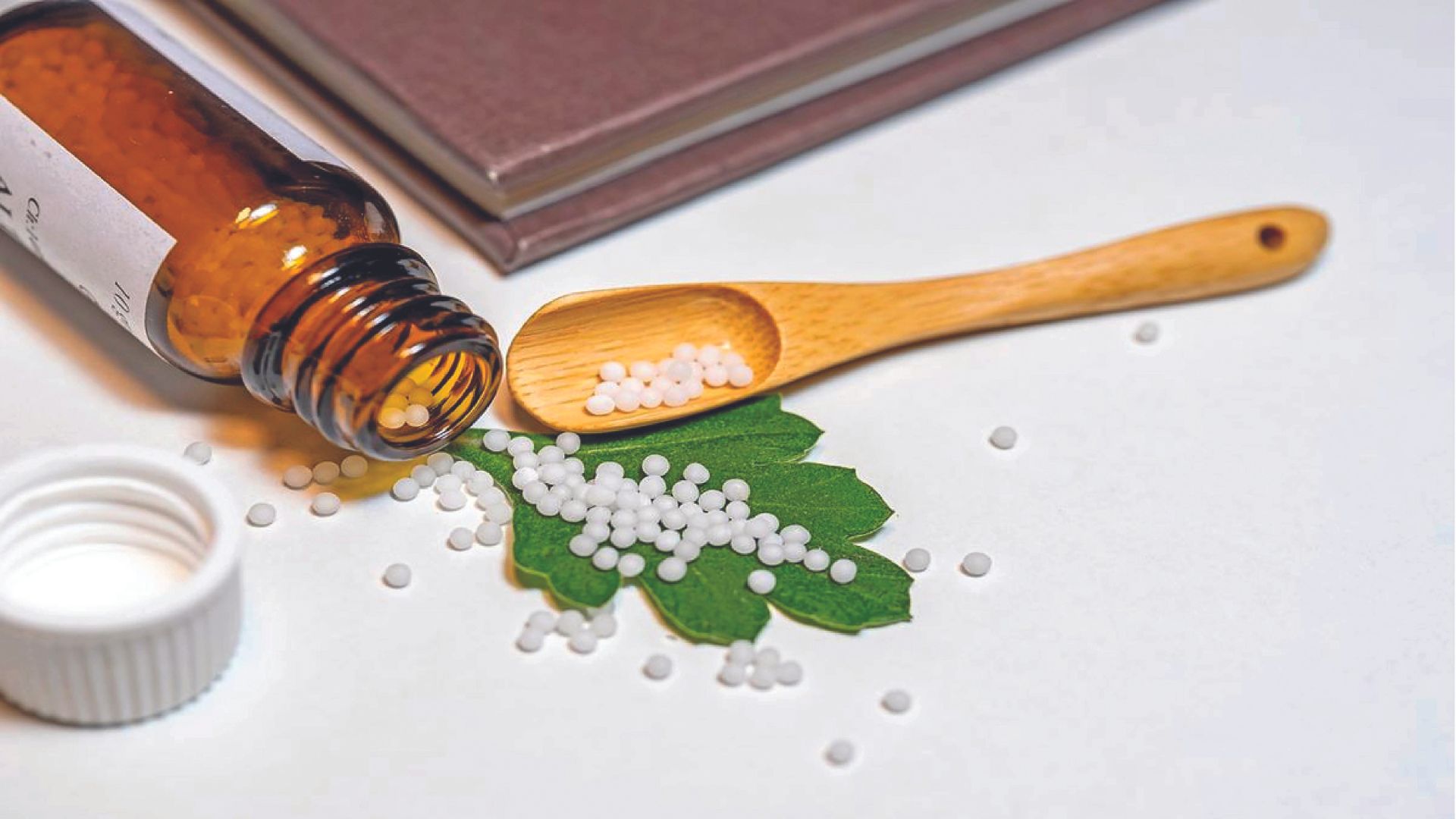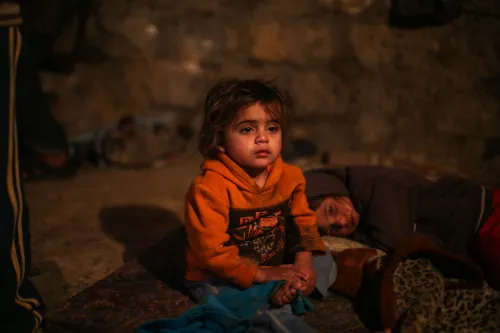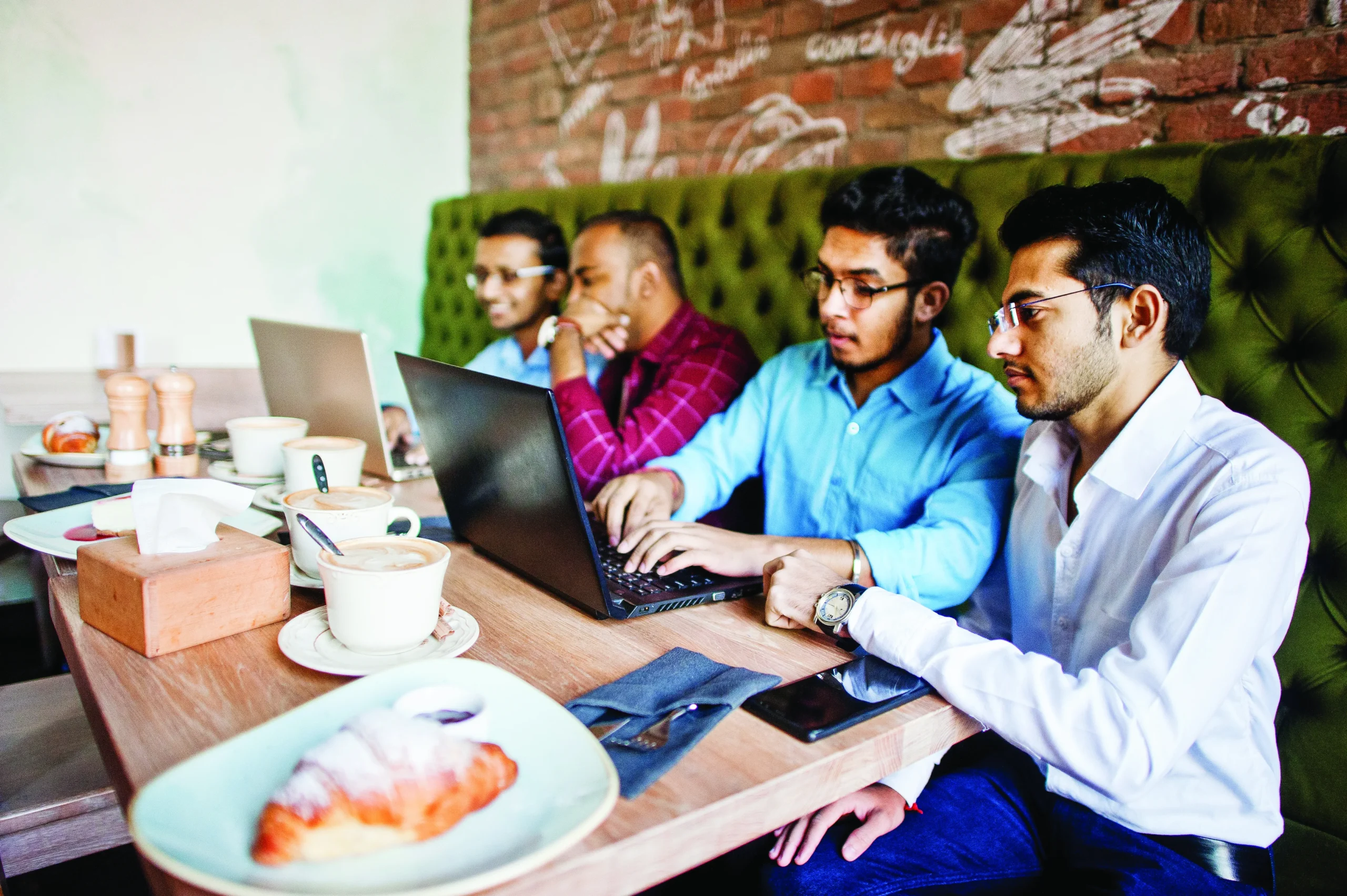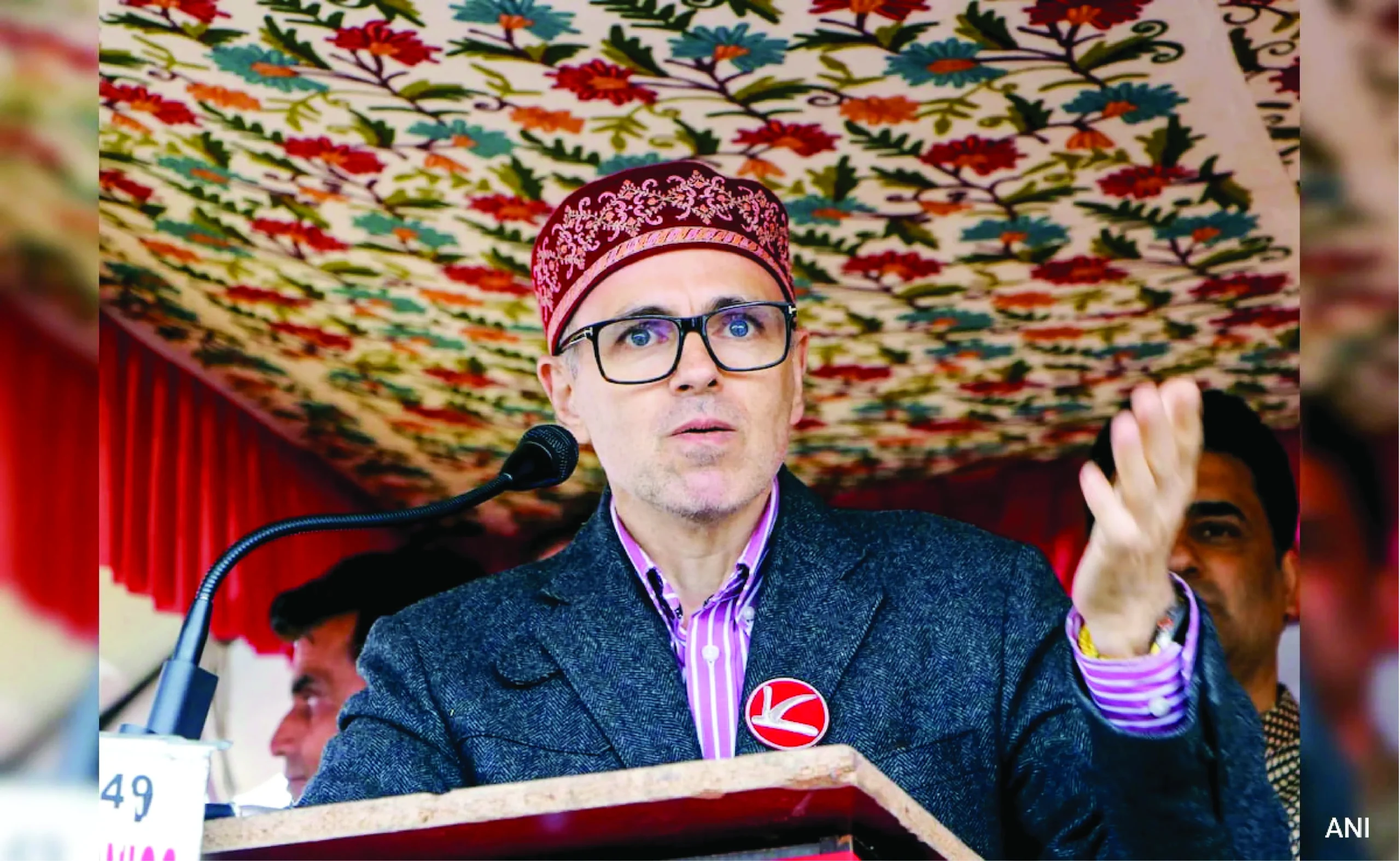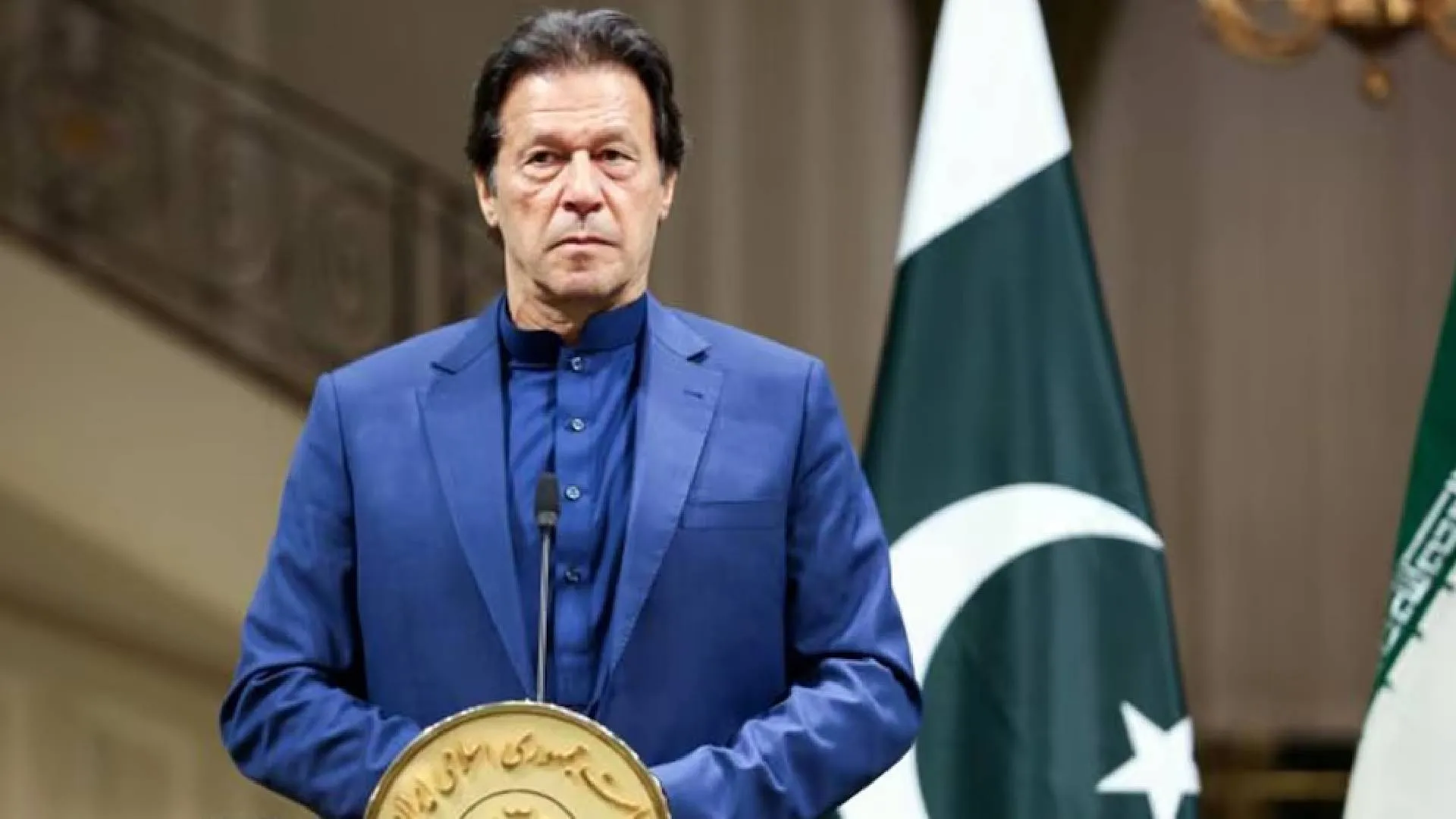Throughout the years, I have taken pride in acknowledging the significant strides made in homoeopathic research and practice, positioning it as the second most utilised system of medicine globally. However, there remains ample opportunity for further validation of the concepts and practices successfully employed by homoeopathic clinicians.
Despite encountering frequent skepticism, the trust instilled in homoeopathy by the public, along with unwavering support and dedicated efforts from stakeholders, has spurred the homoeopathic community to persist in its journey towards becoming an evidence-based system of medicine. The establishment of the Central Council for Research in Homoeopathy (CCRH) in 1978 marked a pivotal moment, with its autonomy aimed at formulating research aims and patterns in line with scientific principles while also spearheading scientific research in both fundamental and applied aspects of homoeopathy.
Subsequent collaborations with national and international Institutes of Excellence have facilitated invaluable exchanges of information, contributing significantly to the advancement of homoeopathy. The international collaborations include countries like Israel, Brazil, USA, Argentina, Armenia, UK, Mexico, Canada, Australia, Russia, and Germany. The Council’s multifaceted activities now encompass a broad spectrum, including clinical research, drug proving, clinical verification, surveying, collection, and cultivation of medicinal plants, drug standardisation, fundamental research, as well as public health programmes of national importance and health melas.
Efforts to disseminate research findings through various channels, such as research publications, monographs, seminars, workshops, and social media platforms, ensure that information reaches both professionals and the public. Overall, I am confident that our endeavours are in alignment with the organisation’s objectives, representing an ongoing evolution within the system.
Central Council for Research in Homoeopathy (CCRH), serving as the primary research organisation, has been instrumental in driving research-based activities since its inception. CCRH has been actively involved in creating awareness and conducting numerous field trials and preventive studies aimed at combating diseases such as dengue, chikungunya, Japanese encephalitis, and malaria. In the last 10 years, the council has initiated 41 research studies on various epidemic diseases that have shown promising results. During the unprecedented COVID-19 pandemic, the Ministry of Ayush collaborated with the Council to issue advisories for homoeopathic prophylactic medicine. The nationwide distribution of this medicine by the Council marked one of the largest drives undertaken during the pandemic. Following this, there was a notable surge in clinical research, with the Council collaborating with various allopathic hospitals and actively conducting 26 studies on COVID-19 and post-COVID treatment and prophylaxis.
Indeed, apprehensions often arise due to the distinctive and unique concepts underlying homoeopathy, necessitating a broader understanding beyond mere materialistic doses. Homoeopathic treatment involves administering minimal dosages of diluted medicines selected based on a patient’s disease stage, individual sensitivities, and physical and mental constitution. While homoeopaths were once limited to illustrating the success of homoeopathic treatment through clinical cases alone, today, a substantial body of research evidence validates the core concepts of homoeopathy and elucidates the healing potential of highly diluted homoeopathic medicines. Researchers have employed advanced scientific methods, including transmission electron microscopy, electron diffraction, and chemical analysis by inductively coupled plasma atomic emission spectroscopy, among others, to demonstrate the presence of nanostructures in homoeopathic medicines. Additionally, gene expression analysis, proteomic, and metabolic studies have provided insights into the involvement of homoeopathic medicines in various physiological pathways.
The efficacy of homoeopathy has been substantiated by robust double-blinded clinical trials targeting specific diseases, both as standalone therapy and as complementary to conventional treatment. Moreover, the positive impact of homoeopathic remedies has been validated through successful applications in ailing animals and plants, dispelling the misconception that homoeopathic remedies merely trigger a placebo effect.
Central Council for Research in Homoeopathy (CCRH) has been tirelessly working to bridge the gap between homoeopathic practices and modern scientific validation methods. A comprehensive compilation of evidence supporting homoeopathy at clinical, biological, molecular, and even nanomolecular levels is available in the Council’s publication, the Scientific Framework of Homoeopathy, accessible on its website.
Homoeopathic medicines undergo rigorous quality control measures at various stages to ensure their efficacy and safety. In India, these medicines are regulated under the exclusive provisions of the Drugs and Cosmetics Act, 1940, and Rules. Manufacturers adhering to Good Manufacturing Practices (GMP) and pharmacopeial standards receive certification and recommendations. A pharmacovigilance initiative is also in place for Ayurveda, Siddha, Unani, and Homoeopathic (ASU&H) drugs to collect, collate, and analyse data, establishing scientific evidence for their clinical safety.
While ultra-diluted homoeopathic medicines are generally considered safe, instances of adverse reactions have been reported when these medicines are used without proper guidance from a qualified homoeopathic practitioner. Hence, it is strongly advised to seek homoeopathic treatment from registered practitioners and obtain medicines from GMP-certified manufacturers.
India’s rich heritage of traditional medicine and its widespread acceptance present an opportunity for the country to lead by example in integrative healthcare. With healthcare systems worldwide facing diverse challenges, India’s approach of integrating homoeopathy with mainstream medicine can alleviate issues related to accessibility and affordability. By offering validated treatment options, including alternative medicine, to patients, India can better address the healthcare needs of its population, especially in a scenario where a large segment struggles to afford quality medical care. In the face of the unique health challenges of the 21st century, homoeopathy, along with other alternative medical systems, emerges as a promising solution. I firmly believe that the future holds promising breakthroughs in homoeopathic research, solidifying its role as a pivotal component of the Indian healthcare system.
On the occasion of World Homoeopathy Day, the 269th birthday of Dr. Samuel Hahnemann, the founder of homoeopathy, on April 10, 2024, I encourage all healthcare professionals to embrace a spirit of open inquiry. By exploring the potential applications of homoeopathy within a collaborative framework, we can strive to improve the overall well-being of humanity.
Dr Subhash Kaushik, Director General, Central Council for Research in Homoeopathy (CCRH), Ministry of Ayush, Government of India

